We may earn money or products from the companies mentioned in this post. This means if you click on the link and purchase the item, I will receive a small commission at no extra cost to you ... you're just helping re-supply our family's travel fund.
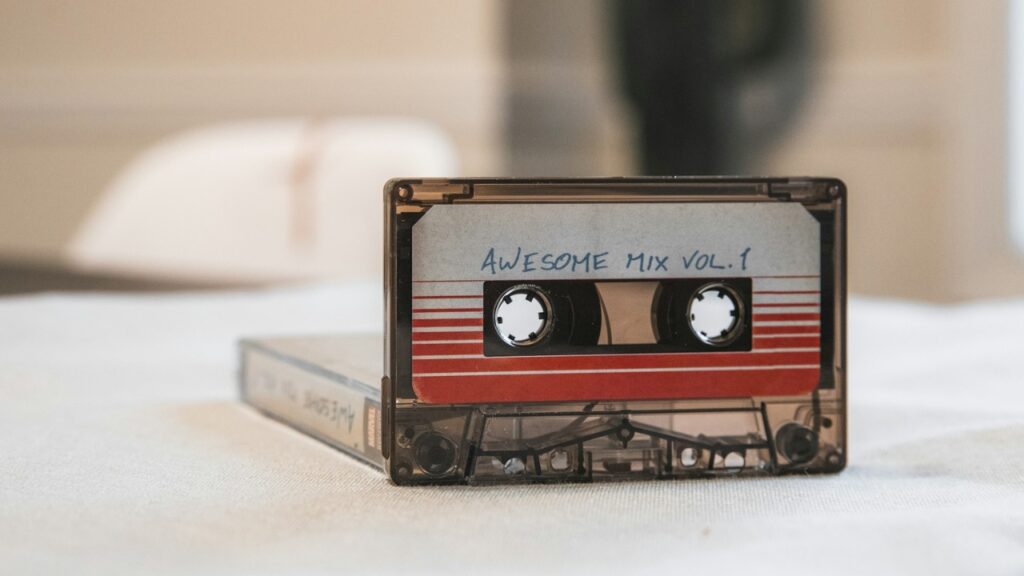
Before streaming playlists and algorithms, the perfect road trip began not with a phone but with a cassette tape. It was a curated soundtrack that took hours to make. Every click into the deck was a promise of adventure, a tangible way to turn a drive into memory. The art of the mixtape was personal, handmade, and unforgettable.
The Sacred Blank Cassette
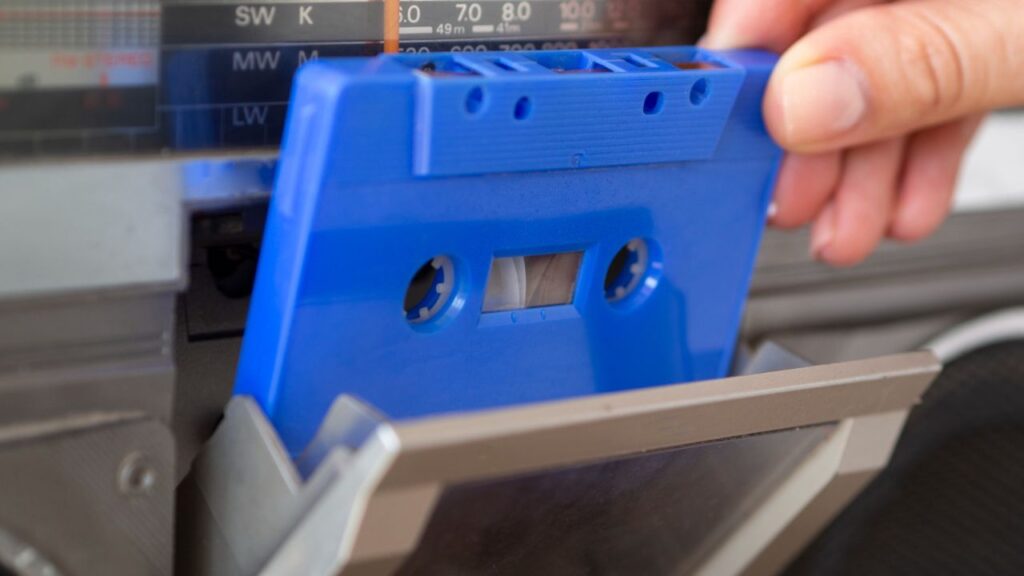
The choices began with a blank, usually a 60 or 90-minute tape by brands like TDK or Maxell, unwrapped with the care of ritual. Each inch of magnetic ribbon represented a potential memory waiting to be scored. Selecting the length was more than technical. A 60 gave 30 minutes per side, while a 90 allowed for 45. Both framed the story you were about to create, and both carried a sense of purpose.
More Than a Playlist, It Was a Narrative
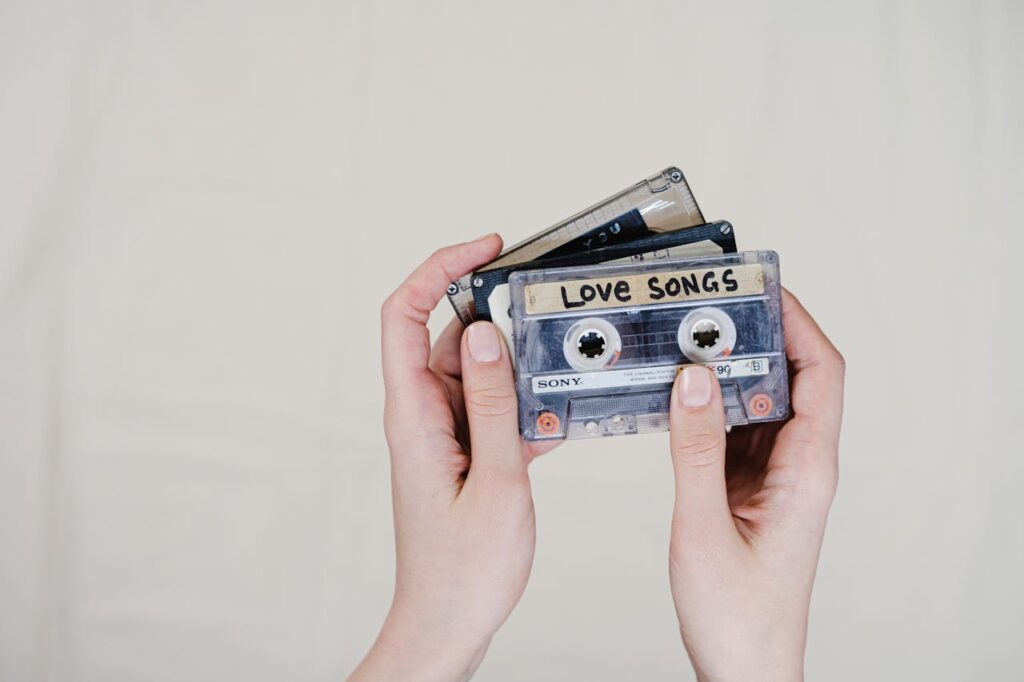
Compiling a mixtape meant playing every song in real time, recording carefully on a stereo or dual-cassette deck. There was no drag and drop, only patience, timing, and intent. Each track was a piece of emotional pacing, arranged into a beginning, middle, and end that mirrored the rhythm of the road. Modern playlists are convenient, but they lack the handmade arc of a true tape.
The All-Important Opening Track

The opening track mattered most. It was the spark declaring the start of a journey, setting the mood with energy for an open highway. Whether alternative rock, pop, grunge, or funk, the first blast of Side A put the trip in motion. That choice was confidence embodied, the musical equivalent of pressing the gas pedal and declaring you were officially on your way.
Mastering the Art of the Segue
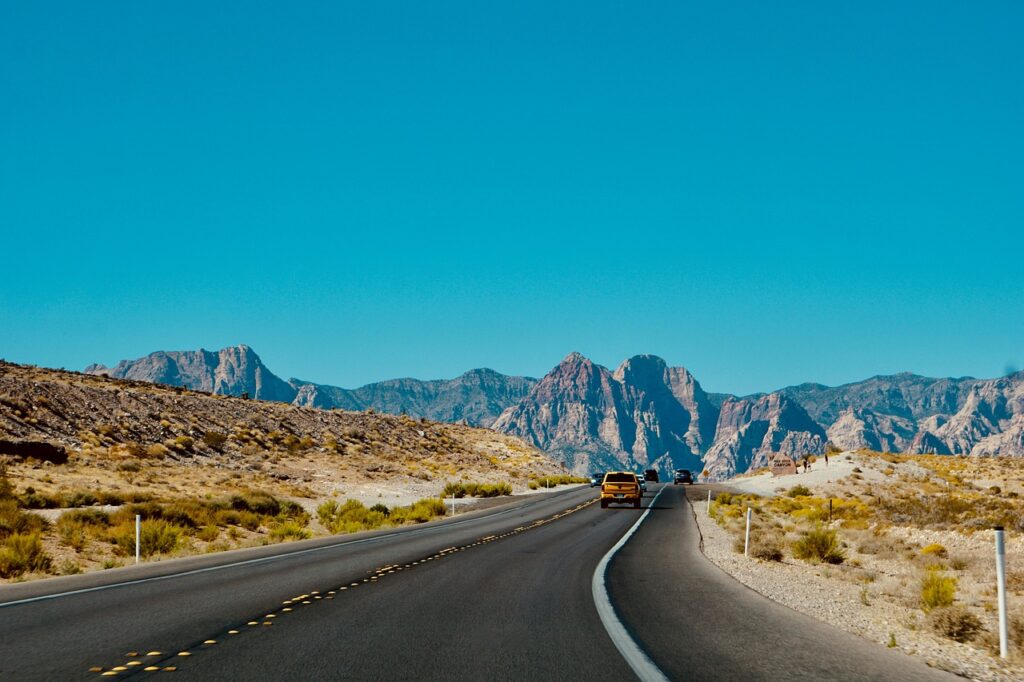
A skilled maker also mastered flow. It was not just about what songs were chosen but their order. The transition from an uptempo anthem to a reflective ballad could match a shift from city traffic to forests or coastlines. This arrangement turned unrelated recordings into a cinematic journey, forecasting moods from bright afternoons to quiet nights and giving the ride a seamless soundtrack.
The Deep Cut That Proved Your Cool
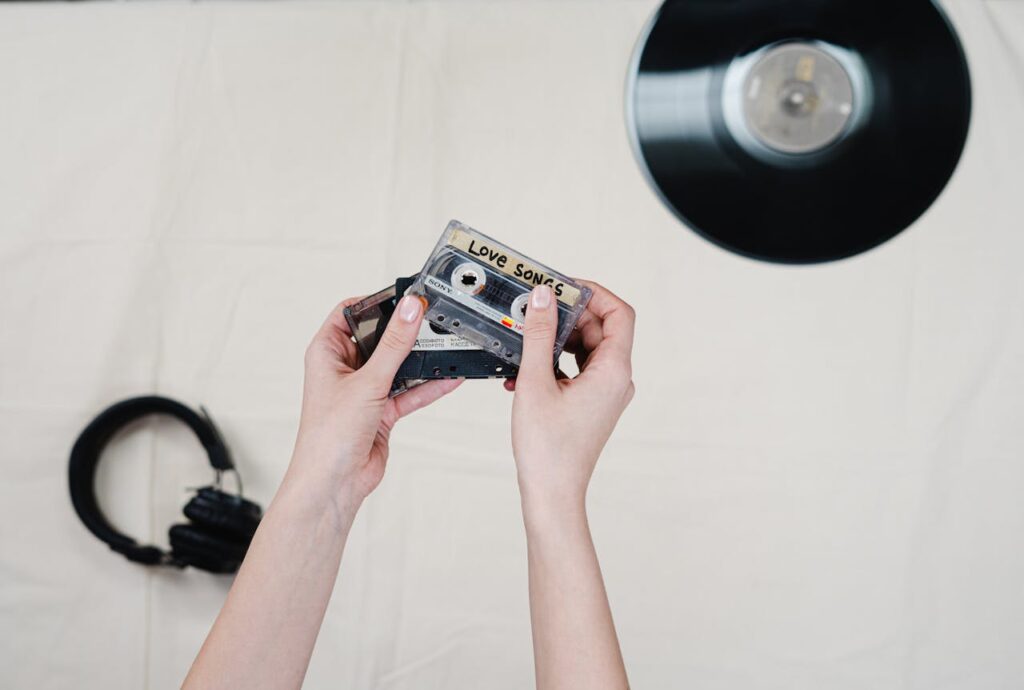
Mixtapes balanced radio hits with personal favorites. The deep cut defined taste and personality, showing friends a track they might never have found themselves. It was a risk and a gift, a shared moment where someone might ask, who is this, and fall in love with a new band. That invisible handshake of musical trust was one of the most rewarding parts of bringing tapes on the road.
A Soundtrack for the Whole Car
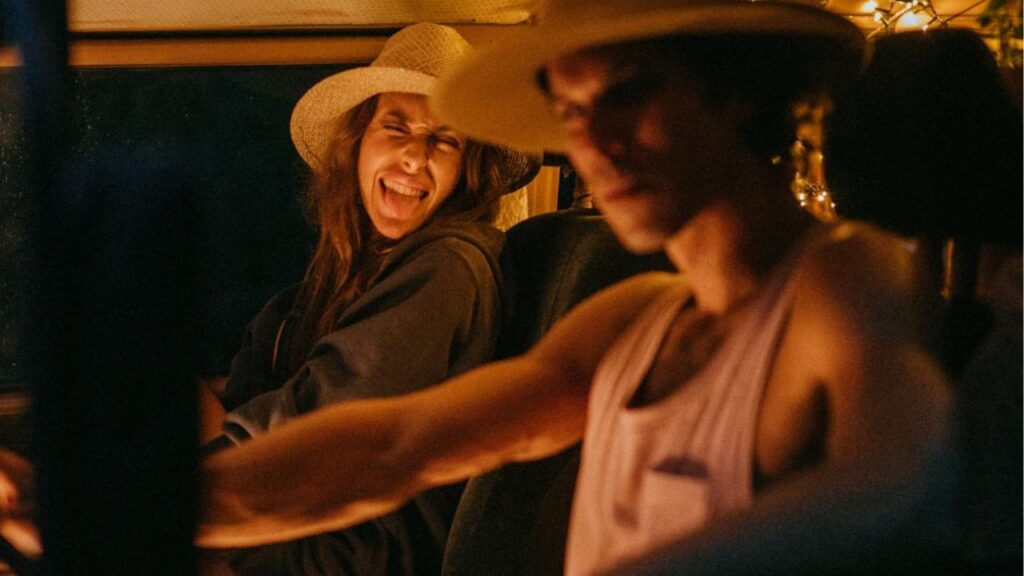
The communal nature of the mixtape set it apart. Played through a car stereo, it became a soundtrack for everyone inside, sparking conversations and singalongs that united friends in off-key anthems. Unlike earbuds, which isolated, the mix belonged to the entire car. For many, the best part was that this was not just one person’s music but the shared voice of a moment in time.
The Ritual of Flipping to Side B
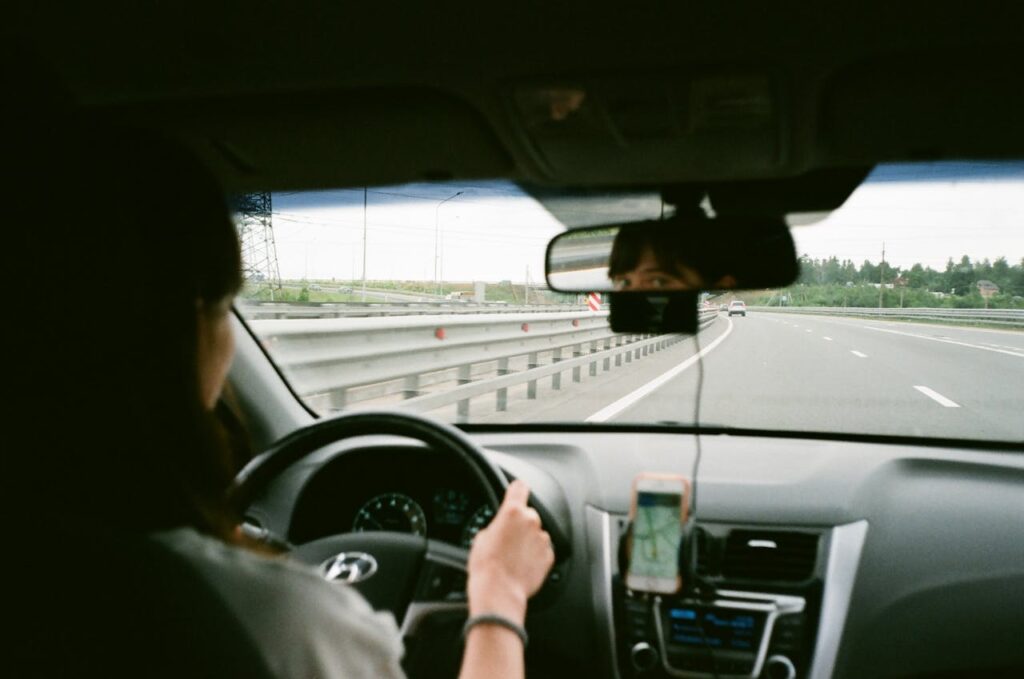
At the midpoint came the flip. Around the 30- or 45-minute mark, the tape was ejected with its iconic click, flipped, and resumed. Side A often carried daytime energy, while Side B was reserved for dusk, reflection, or romance. That pause was an intermission, a physical act like turning a page in a book, signaling that the journey was entering a new emotional chapter.
The Hand-Scrawled J-Card
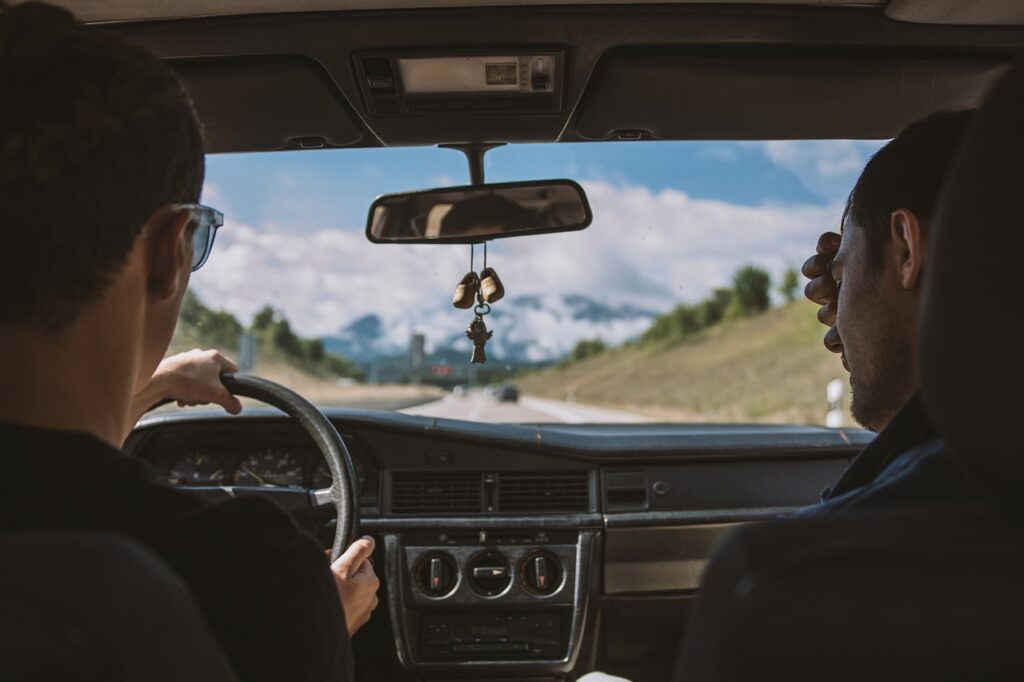
The J-card was the finishing touch. Written in careful pen strokes or messy scrawl, sometimes with doodles, it listed tracks and themes like “Summer Road Trip ’96.” This tiny insert transformed plastic and tape into folk art, stitching permanence to the fleeting. It was tangible proof that the music had been chosen with care, a keepsake as meaningful as the songs themselves.
Embracing the Analog Imperfections
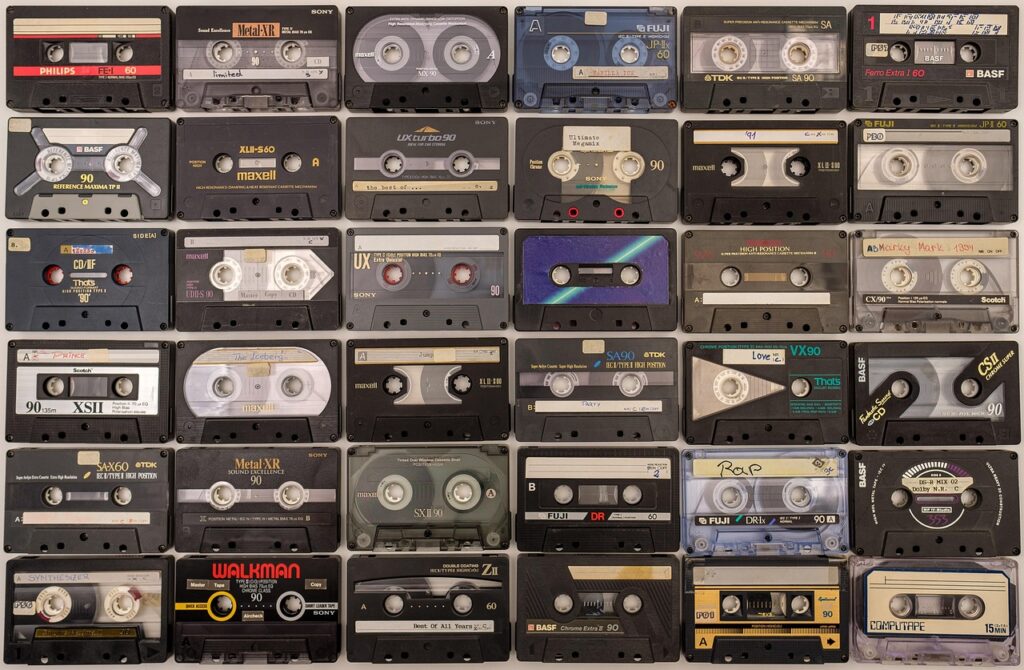
Cassettes carried their own quirks. A clipped radio DJ intro, faint hiss, or muffled copy from another source were common. These imperfections added warmth and humanity, textures absent from modern audio. Far from flaws, they were reminders that this was made by hand, not by algorithm, and those small flaws elevated rather than diminished the sense of connection.
A Time Capsule You Could Hold
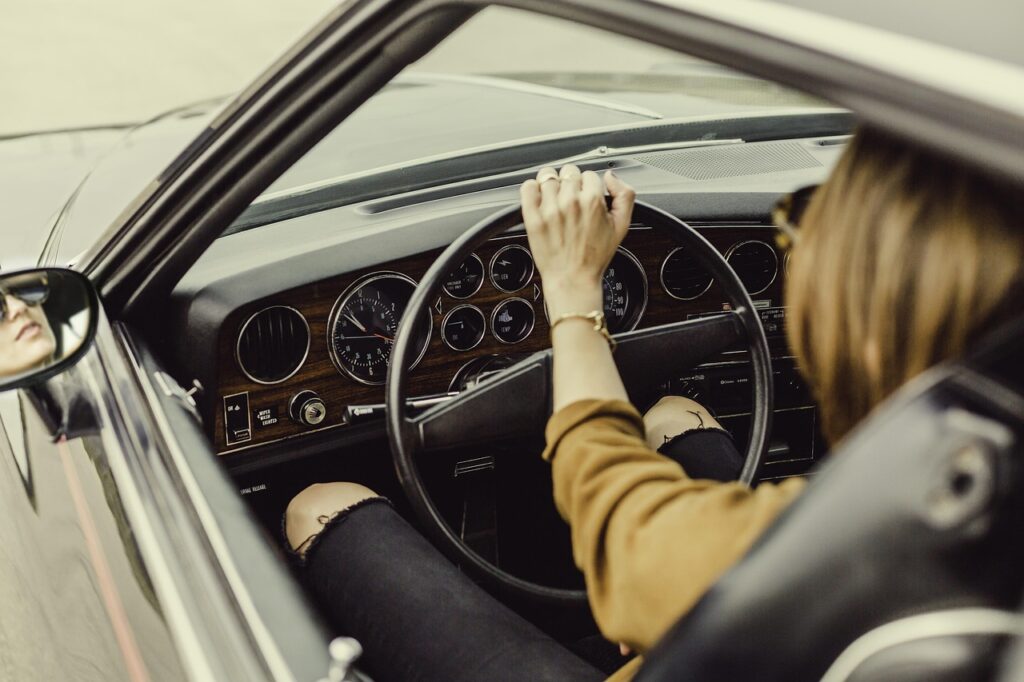
Years later, rediscovering a mixtape feels like unearthing a time capsule. Sun-faded plastic and scribbled tracklists revive not only songs but the people, highways, and summers attached to them. In a world of infinite streams that leave no trace, a tape stands as a memory you can hold, proof of when music was a story you built note by note, and carried across the miles.